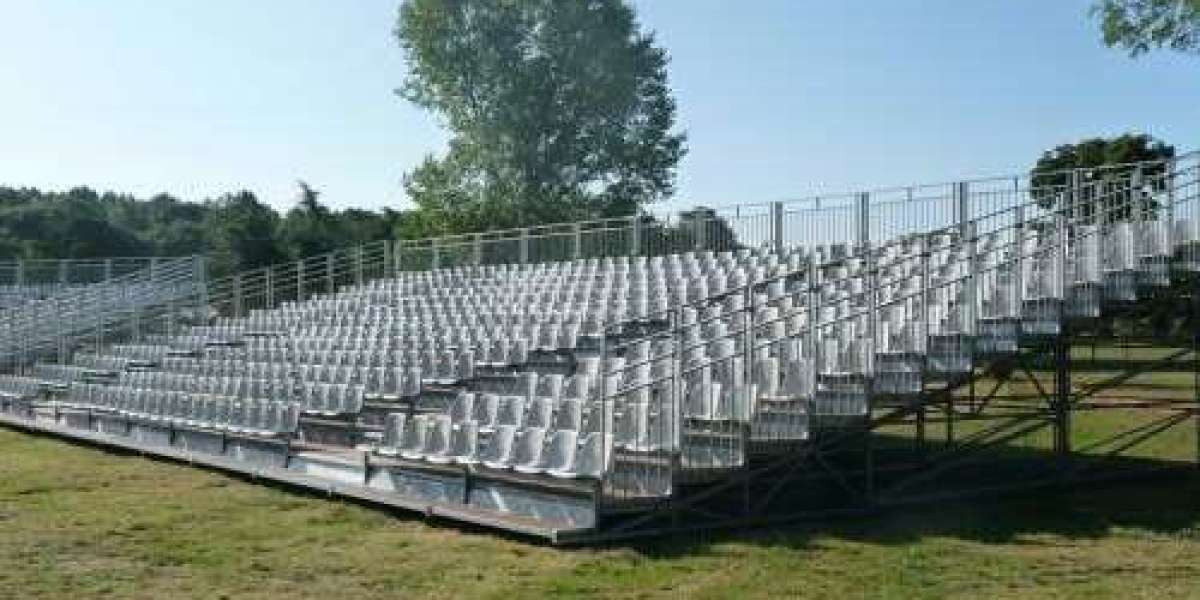According to the TechSci Research report titled “Winglets Market - Global Industry Size, Share, Trends, Competition Forecast & Opportunities, 2030F”, the global winglets market was valued at USD 2.64 billion in 2024 and is projected to reach USD 4.24 billion by 2030, growing at a compound annual growth rate (CAGR) of 8.21% during the forecast period. The increasing demand for fuel-efficient aviation solutions, combined with growing environmental concerns and evolving regulatory mandates, is accelerating the adoption of winglet technology across the commercial and defense aviation sectors.
Winglets, which are vertical or angled extensions at the tips of aircraft wings, play a crucial role in improving aerodynamic efficiency. By reducing wingtip vortices and drag, winglets contribute to lower fuel consumption and extended flight range. These benefits align well with the aviation industry’s broader goals of sustainability and cost reduction, making winglets an essential component of modern aircraft design. In recent years, airlines across the globe have intensified their focus on reducing operational expenses and carbon emissions, and winglets have emerged as a cost-effective and proven solution.
The market is witnessing rapid innovation in winglet design, driven by technological advancements and the need for enhanced fuel economy. Manufacturers are focusing on developing lighter, more durable, and aerodynamically optimized winglets. These include blended winglets, split scimitar winglets, and sharklets, all of which aim to maximize lift while minimizing drag. Advanced materials such as composites and carbon fiber are increasingly being used to manufacture winglets, enabling better performance with reduced weight. These developments are helping aircraft operators improve their fuel efficiency by up to 5%, which translates to significant cost savings over time, especially for long-haul carriers.
A key trend shaping the market is the rise in retrofit installations. Airlines are increasingly investing in upgrading their existing fleets with winglets instead of purchasing new aircraft. The retrofit segment has emerged as the fastest-growing portion of the market due to its ability to enhance older aircraft's fuel efficiency, extend service life, and meet new environmental standards at a relatively lower cost. For fleet operators seeking sustainability without large capital expenditures, retrofitting offers an attractive alternative. This trend is especially prominent among mid-sized and low-cost carriers looking to remain competitive in a fuel-price-sensitive environment.
However, the market is not without its challenges. One of the primary barriers to widespread adoption is the high initial investment required for winglet installation, particularly in the retrofit segment. The process involves significant downtime and requires specialized engineering and labor expertise. Smaller airlines with limited budgets may find these costs burdensome, delaying their adoption of winglet technology. Additionally, the complexity involved in integrating winglets into various aircraft models and ensuring structural compatibility can hinder retrofit projects. Nevertheless, as manufacturing techniques become more cost-efficient and design improvements make installations easier, these obstacles are expected to diminish over time.
Geographically, the winglets market is segmented into North America, Europe & CIS, Asia-Pacific, South America, and the Middle East & Africa. Among these, Europe and the Commonwealth of Independent States (CIS) are identified as the fastest-growing regional markets for winglet adoption. European countries, in particular, are at the forefront of pushing for greener aviation practices and have introduced strict emission regulations to support the global climate agenda. With several major aircraft manufacturers headquartered in the region—including Airbus—and a large number of commercial airlines operating across dense routes, the demand for fuel-efficient modifications such as winglets is robust. Additionally, government and regulatory support for sustainable aviation fuels and carbon-neutral technologies are further encouraging the use of aerodynamic enhancements.
Browse over XX market data Figures spread through XX Pages and an in-depth TOC on "Global Winglets Market”
https://www.techsciresearch.com/report/winglets-market/22427.html
In CIS nations, there is a growing trend toward upgrading and modernizing aging aircraft fleets. This modernization drive is being accompanied by increased awareness of fuel efficiency and operational costs, prompting airlines to adopt winglets as part of their broader fleet improvement strategies. As airlines in these regions compete to meet performance, sustainability, and profitability targets, the uptake of winglet technology is expected to accelerate.
Looking forward, the winglets market is poised for strong growth fueled by ongoing R&D efforts, greater airline awareness about the long-term cost benefits, and a steady rise in global air traffic. The post-pandemic recovery of the aviation sector has brought renewed interest in operational efficiency and carbon offset initiatives. As airlines expand routes and update fleets to comply with emerging green aviation frameworks, winglets will remain a key focus area.
Moreover, new aircraft programs and evolving aircraft designs are increasingly incorporating winglets as standard features, reflecting the technology's mainstream status in aviation engineering. Collaborations between OEMs (original equipment manufacturers), winglet designers, and materials scientists are likely to result in more aerodynamic and cost-effective solutions in the years ahead.
In conclusion, the global winglets market is on a strong growth trajectory, driven by the dual imperatives of fuel savings and environmental sustainability. With continued technological innovation and increasing airline interest in fleet upgrades, the adoption of winglet systems—both in new aircraft and retrofits—is expected to gain significant momentum through 2030.
Major companies operating in global winglets market are:
Aviation Partners, Inc
BLR Aerospace, LLC
COMPAGNIE DAHER SA
FACC AG
GKN Aerospace Services Limited (GKN plc)
Hyune Aero-Specialty, Inc.
Kaman Corporation
RUAG International Holding AG
Tamarack Aerospace Group
HYUNE AERO-SPECIALTY INC
Download Free Sample Report
https://www.techsciresearch.com/sample-report.aspx?cid=22427
Customers can also request for 10% free customization in this report.
“A key trend in the winglets market is the continuous innovation in winglet designs, focusing on improving aerodynamic efficiency and reducing fuel consumption. Manufacturers are developing advanced materials and lightweight solutions to enhance aircraft performance. Additionally, there is increasing adoption of winglet technology in both commercial and private aviation sectors. “Said Mr. Karan Chechi, Research Director of TechSci Research, a research-based management consulting firm.
"Winglets Market – Global Industry Size, Share, Trends, Opportunity, and Forecast, Segmented By Winglet Type (Sharklets, Split Scimitar Winglets, Wingtip Fences, Blended Winglets, Others), By Fit (Line Fit, Retrof







